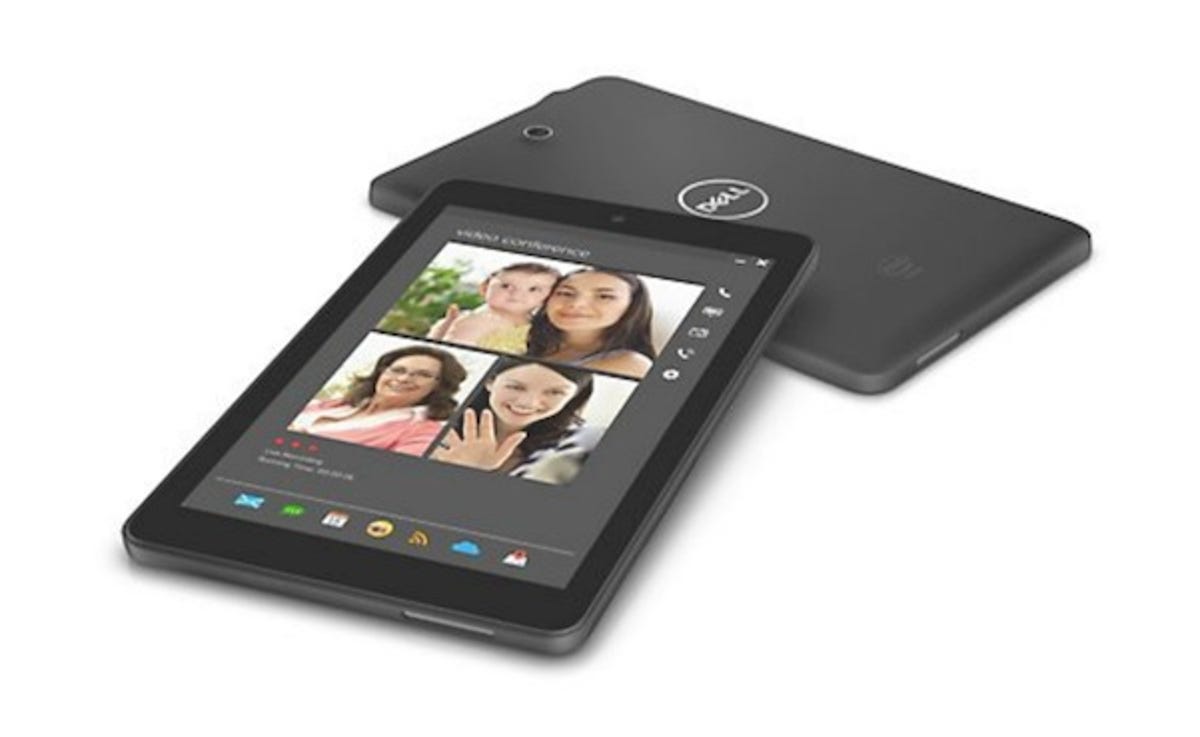
Dell
When Intel announced its tablet numbers for the first quarter on Tuesday, it was clear that Android buried Windows.
Intel CEO Brian Krzanich said during the company’s first-quarter earnings conference call that out of the 5 million tablet processors shipped “80 to 90 percent” were for Android and the rest Windows.
That leaves a pretty small number for Windows, underscoring the uphill battle Microsoft is fighting against Android and Apple in the tablet market.
“Windows tablet numbers in general have been pretty modest,” said Bob O’Donnell, founder and chief analyst Technalysis Research.
The problem is, a pure Windows tablet experience doesn’t have a lot to offer when compared with Android and Apple.
“Consumers using Windows want more of a PC experience. And they’re going to get that from a device that has a keyboard,” he said.
Related stories
O’Donnell continued. “That’s why you see the latest updates to Windows 8.1 are pretty much focused [on adding] keyboard [functionality]. The keyboard angle of a PC is so essential.”
And how does Intel define a tablet? “The 5 million shipments (and 40 million full year target) does not include 2-in-1s. [Those] are reflected in [PC Client Group] results,” said an Intel spokesman.
“The primary difference is, if it detaches, that’s a tablet; if it just folds over, that’s a 2 in 1,” he said.
Indeed, that kind of 2-in-1 that folds over — like the Lenovo Yoga — is very laptop-like and a far cry from a tablet like an Apple iPad Air or Samsung Galaxy Tab 3.
Intel’s PC revenue in the first quarter was $7.94 billion, down from $8.54 billion a year earlier. And global shipments of PCs have continued to fall, down 1.7 percent in the first quarter of 2013, according to Gartner.
On the other hand, the kind of devices that would be categorized as a tablet include the Surface Pro 2 and HP Spectre 13 x2, as both detach completely from the keyboard and can be used as a pure tablet.
In 2013, Gartner said that about 4 million Windows tablets shipped worldwide. That compares with 121 million Android and 70 million Apple tablets.
Intel thinks it has a solution, though. The chipmaker will increase the amount it allocates to device makers to order to incentivize them to bring out more Intel-based tablets, Stacy Smith, Intel ‘s chief financial officer said Tuesday.
But the question is, how much of that money will flow to Android tablet makers and how much to Windows.
We should know by the end of the year.




